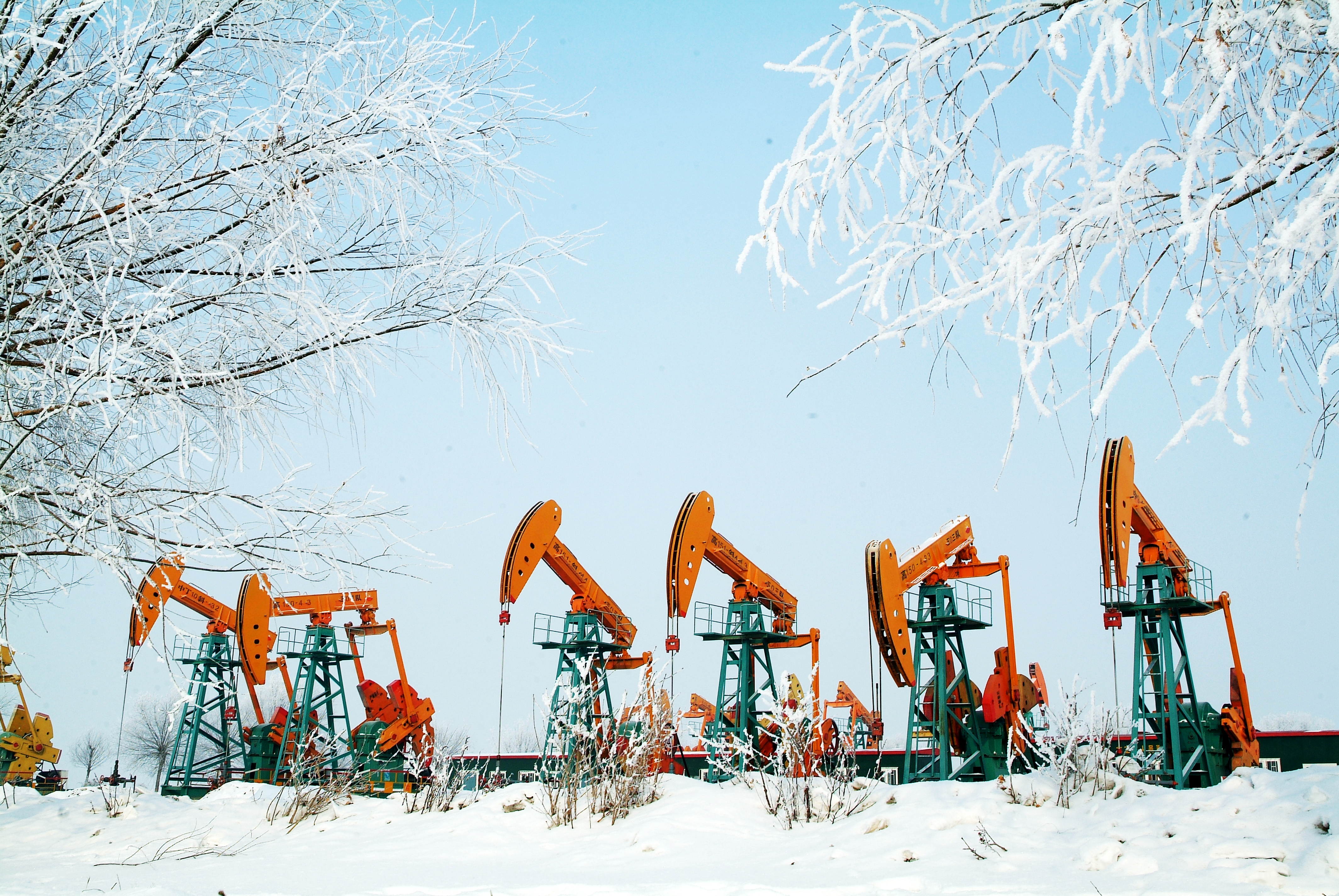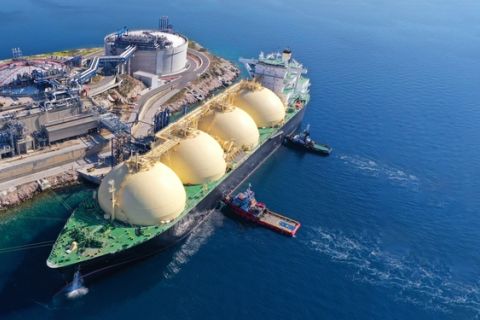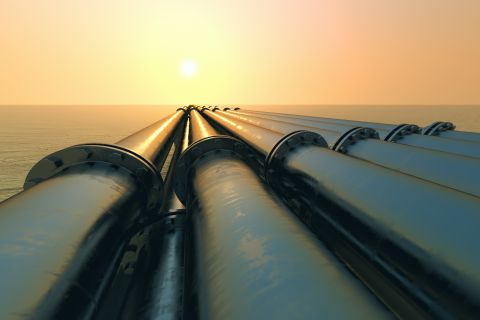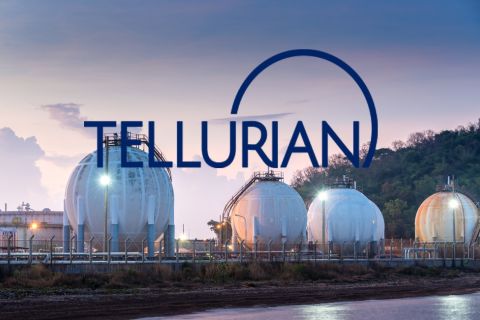In the August issue of E&P we featured the Brent Field in the North Sea, a venerable old field that is soon facing decommissioning. This month’s featured field, the Daqing Field in China, still has a few years of life to go thanks to a proactive EOR program. However, 2015 may signal the beginning of the end.
An article in The Diplomat indicates that China’s oil production is peaking. “This has profound implications for the world oil market because China is not just a massive importer of crude,” the article stated. “It is also among the world’s five largest oil producers, trailing only the U.S., Russia and Saudi Arabia and virtually neck-in-neck with Canada.”
But China is not immune to the low oil prices plaguing the global industry, and aging fields like Daqing will soon feel the pinch.

History and geology
The field was discovered in 1959 with the drilling of discovery well Songji No. 3. The field was brought on production that same year.
According to “A Barrel Full,” the source bed in the Daqing Field is mostly Mesozoic Cretaceous sandstone of continental facies buried 900 m to 1,200 m (2,953 ft to 3,937 ft) below the surface. It lies at the heart of the central depression in the northern Songliao Basin and is the largest oil field in China as well as one of the few supergiant sandstone reservoirs worldwide. It measures 138 km by 73 km (86 miles by 45 miles) and covers an exploration area of 72 km by 104 km (44.7 miles by 65 miles) with 4,103.4 sq km (1,584.3 sq miles) of oil-bearing area, according to oilchina.com.
Exploration began in 1955. Upon the field’s discovery, it was named in honor of the 10th anniversary of National Day.
The field reached full production in 1963, producing 3 million tonnes per year (mtpy). By 1976 it was producing 50 mtpy and maintained that production for the next several years. According to several sources, this production coincided with China’s development and reform.
The field has been instrumental in helping to develop geological theories. According to PetroChina’s website, these theories involve deep-layer complicated gas reservoir exploration, synclinal lithological exploration and fault-basin oil and gas reservoirs.
In the abstract for “Geological and chemical conditions for [the] formation of [a] large nonmarine oil field,” author Yang Wanli noted that the formation of the field is characterized by several aspects:
• A highly effective source rock;
• Reservoir rocks interbedded with source rocks;
• Oil generated and preserved in the southern part of the field;
• Short-distance migration dominating in the northern part of the field; and
• A lack of large-scale oil migration within the field.
EOR techniques
In 2004 the production target for Daqing was reduced 20%, according to an article on the Society of Petroleum Engineers’ website. Since that time, new techniques have been applied to maintain production at that lower level. Chief among these techniques has been a polymer-enhanced waterflooding system that is responsible for 25% of the field’s output.
“Nearly every sort of enhanced recovery method has been tried at Daqing,” the article noted. “The list includes polymers, polymers plus various combinations of alkali and surfactants, colloidal dispersion gel and [CO2] flooding. Even biological methods are being considered.”
Alkaline-surfactant polymer (ASP) has been particularly helpful in the field, and Daqing is in fact the most active test site in a global survey examining ASP projects. More recent projects have ramped up the scale of ASP EOR at Daqing, and experts expect ASP to provide at least 60% ultimate recovery in the field. Currently the operator is looking for a replacement for standard alkali because of the issues it causes with maintenance and is hoping to settle on a weaker alkali that reduces side effects without hampering EOR.

A more solemn future
Oil fields can only produce for so long, however. China National Petroleum Co. (CNPC) announced plans at the end of 2014 to cut production in the field to make “structural adjustments,” according to a Global Times article. The goal is to gradually trim the production target from 40 mtpy to 32 mtpy by 2020.
The Diplomat noted that the operator’s significant increase in drilling over the past few years has not been able to offset the field’s decline. The company drilled 1,975 development wells in 2002. In 2014 it drilled 4,498 development wells. In spite of the large increase, production dropped from 1,079 MMbbl/d of oil in 2002 to 792,000 bbl/d of oil in 2014.
“In short, the number of development wells drilled increased by nearly 250% while oil production fell by roughly 27%,” the article noted.
The decline will be felt on a global as well as regional basis. The Diplomat article noted that Daqing accounts for about one in every five barrels of oil produced in China. While gas production has risen, Daqing is primarily an oil field, and its decline spells difficulties for the surrounding province of Heilongjiang. “There are concerns that the lowered output will affect the lives of people in the surrounding Daqing city and even Heilongjiang Province, which relies heavily on the oil field in terms of fiscal revenues,” the Global Times noted. The field accounted for 90% of the energy sector in the province, and preliminary estimates predict that the province’s gross domestic product will be reduced by $3.2 billion due to the production
cut. Already the province’s growth rate is among the lowest in the country.
But perhaps it’s time for a change. Lower oil prices reduce the need for frantic drilling schedules, allowing CNPC “some time to make relevant deployments to position itself into a relatively advantageous position against the backdrop of the current supply-demand dynamics in the global crude markets,” the Global Times article noted. “A slower development pace gives CNPC time to adjust and consolidate the ‘soft’ aspects that affect oil production such as talent-building and adjusting the operating method, which extends the oil field’s potential to boost output when the oil price starts to rise again.”
Recommended Reading
Chesapeake Enters into Long-term LNG Offtake Agreement
2024-02-13 - Chesapeake Energy entered into a long-term liquefaction offtake sale and purchase agreement with Delfin LNG and Gunvor Group for a 20-year period.
New Fortress Starts Barcarena LNG Terminal Operations in Brazil
2024-03-01 - New Fortress’ facility consists of an offshore terminal and an FSRU that will supply LNG to several customers.
Midstream Builds in a Bearish Market
2024-03-11 - Midstream companies are sticking to long term plans for an expanded customer base, despite low gas prices, high storage levels and an uncertain political LNG future.
NextDecade Targets Second Half of 2024 for Phase 2 FID at Rio Grande LNG
2024-03-13 - NextDecade updated its progress on Phase 1 of the Rio Grande LNG facility and said it is targeting a final investment decision on two additional trains in the second half of 2024.
FERC Approves Extension of Tellurian LNG Project
2024-02-19 - Completion deadline of Tellurian’s Driftwood project was moved to 2029 and phase 1 could come online in 2027.





